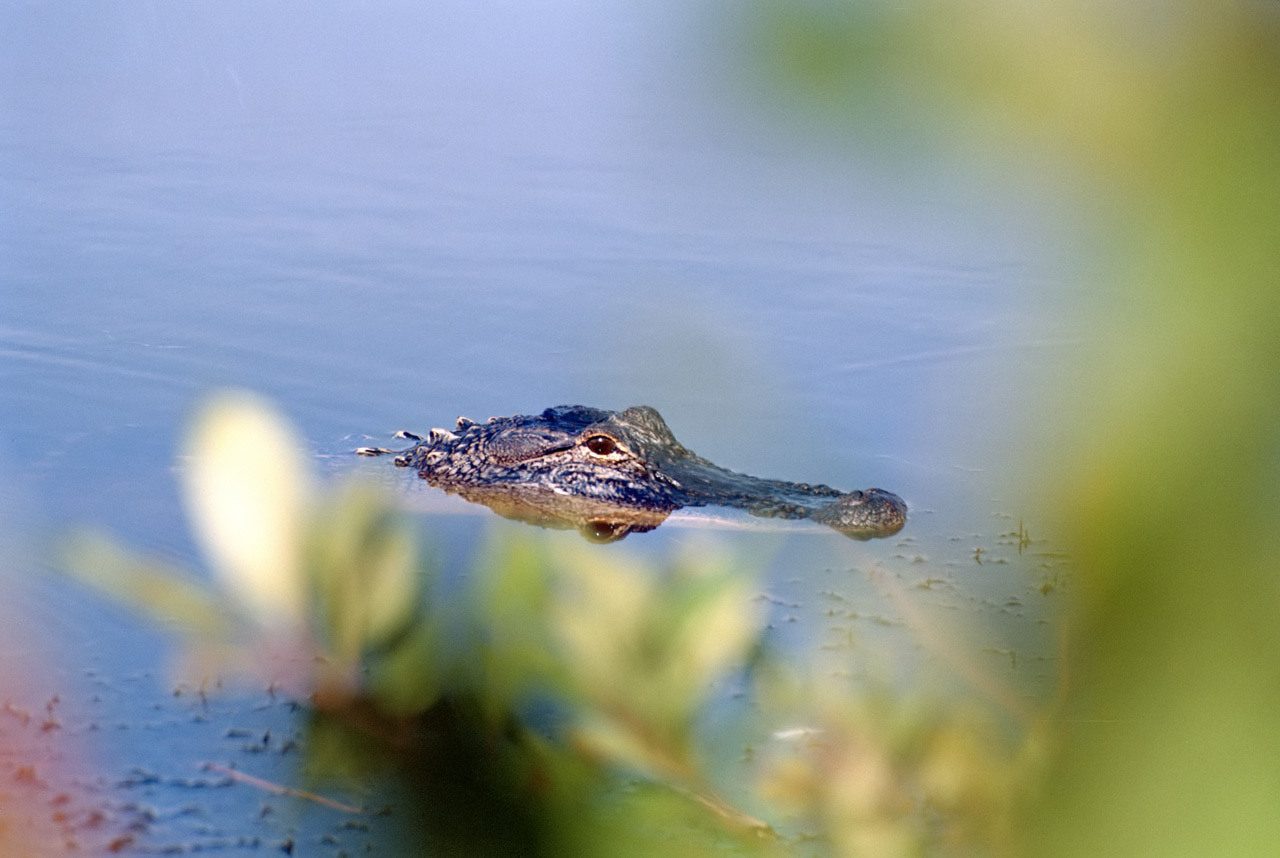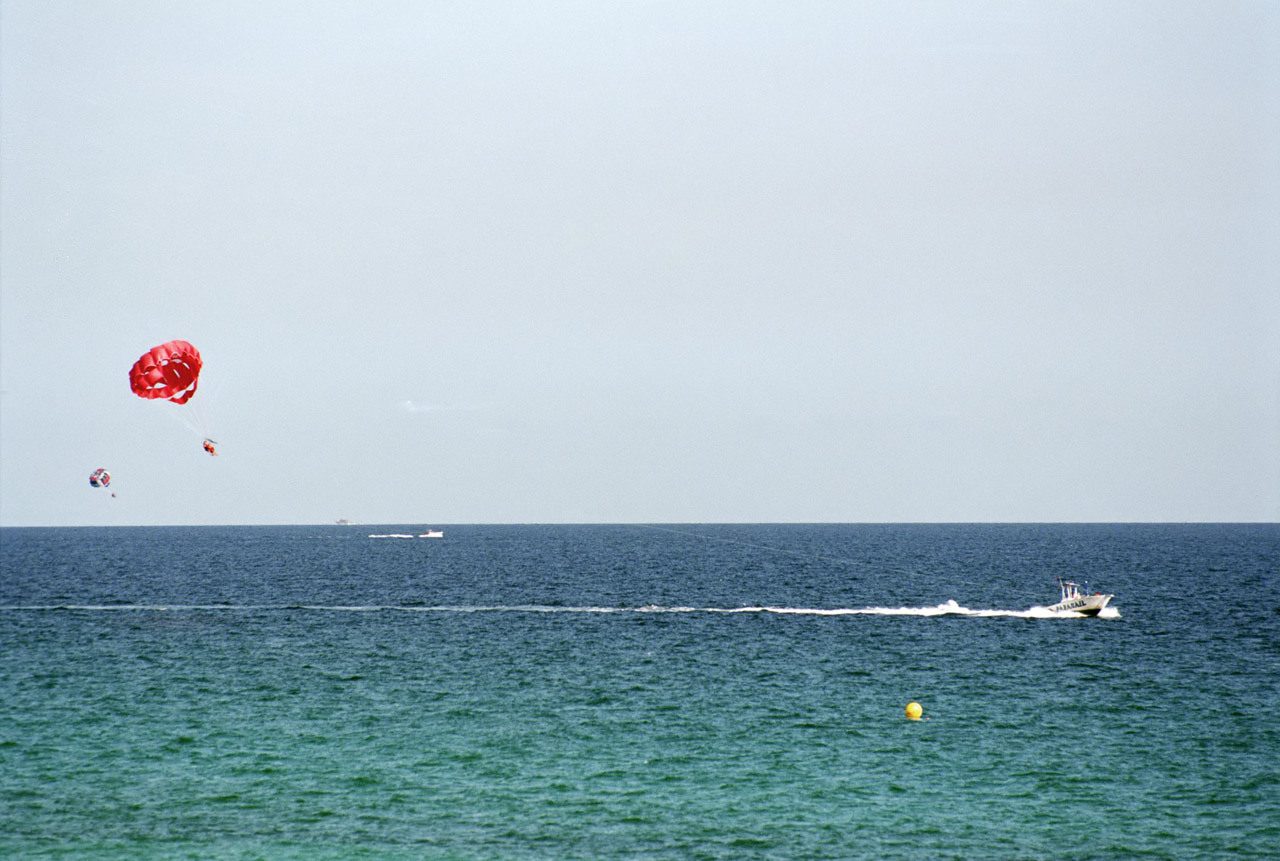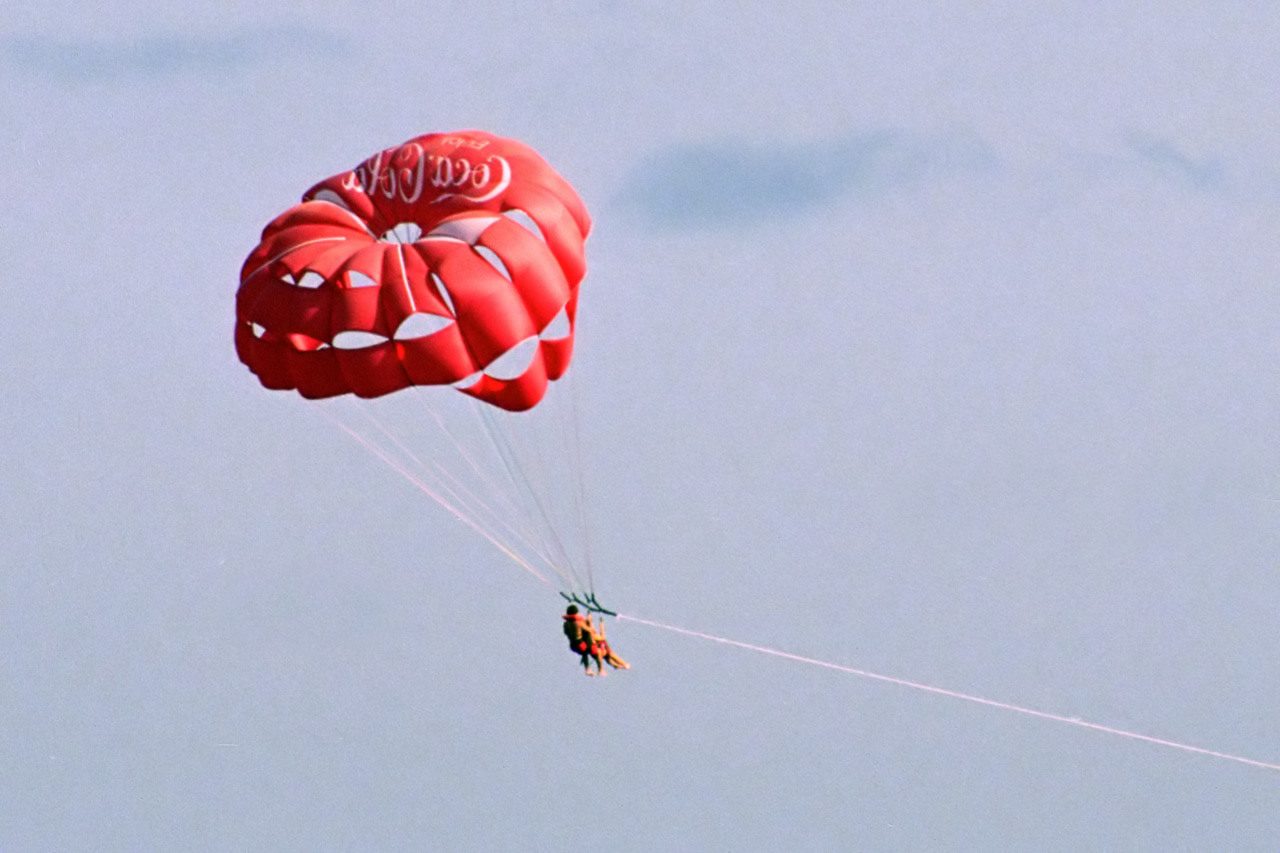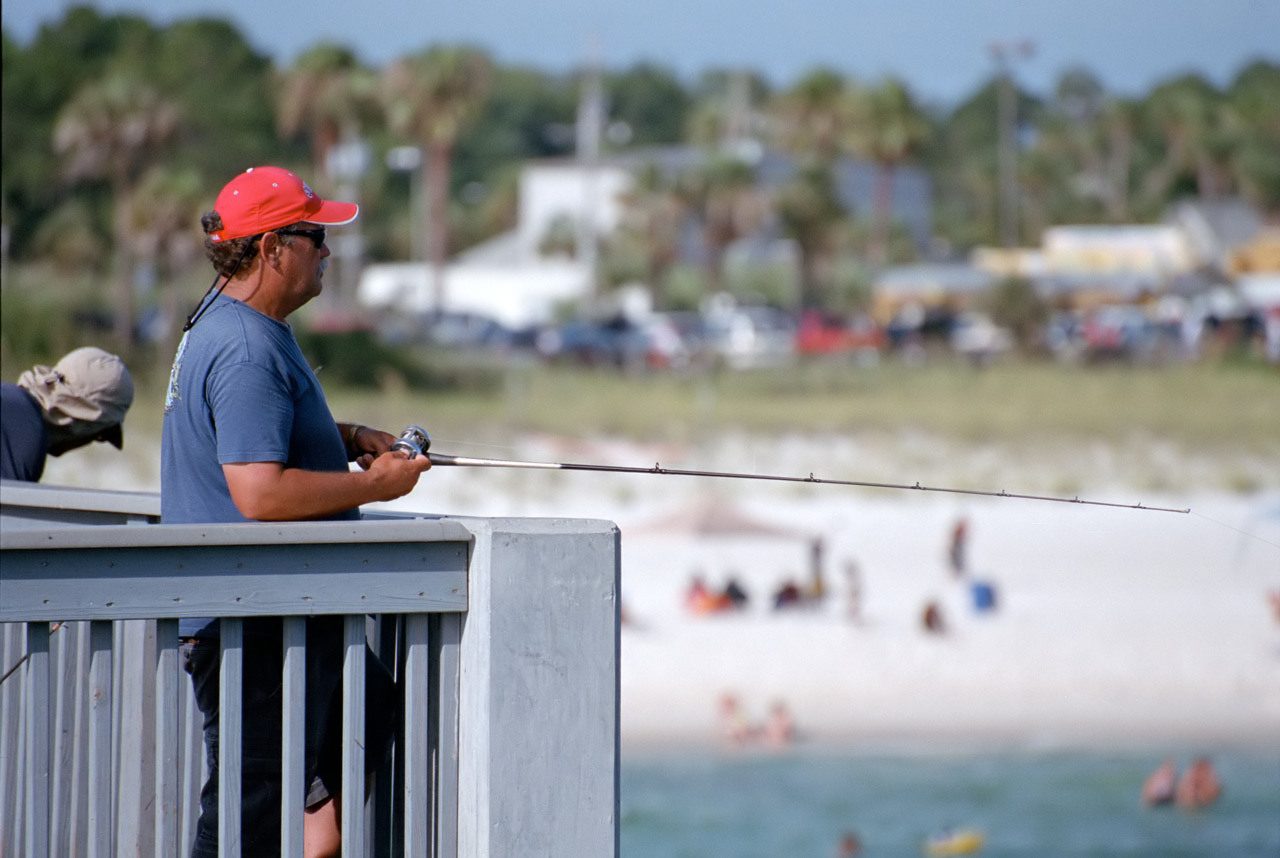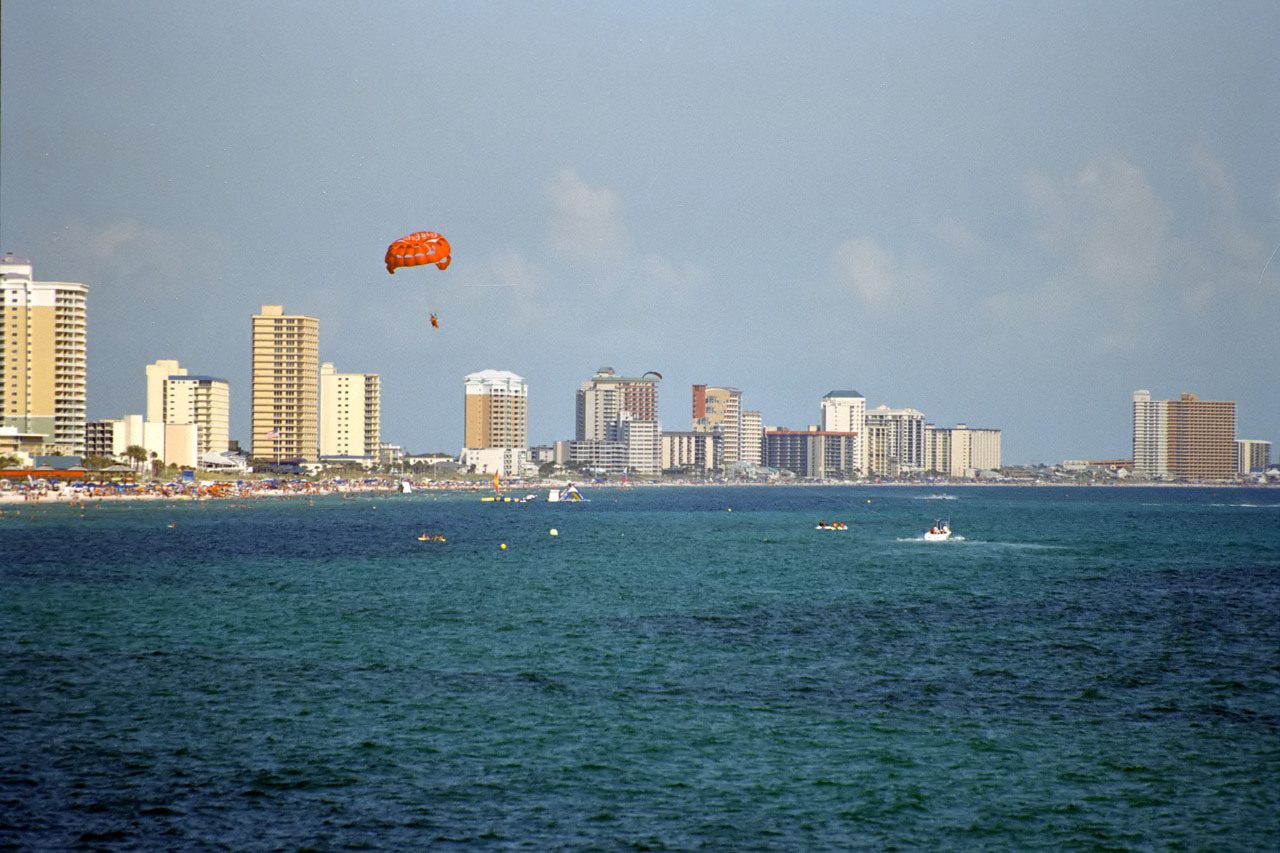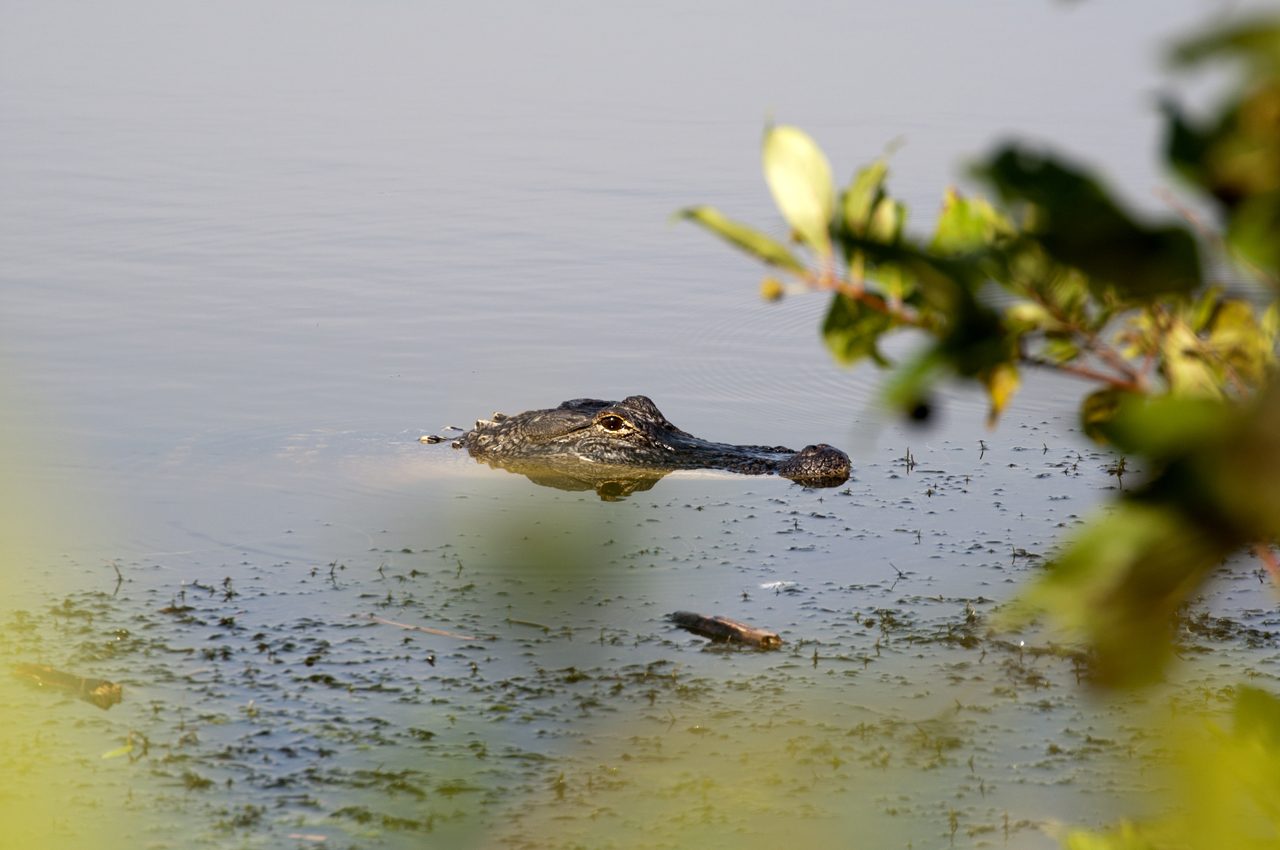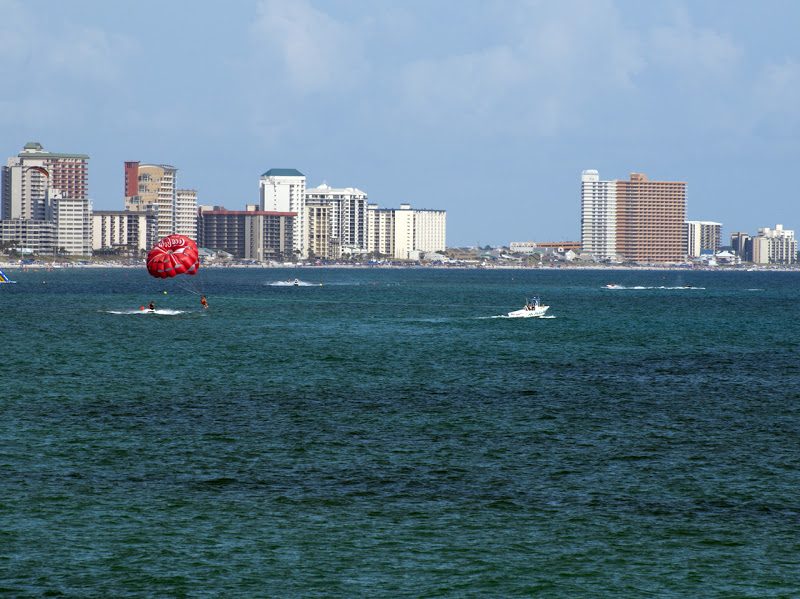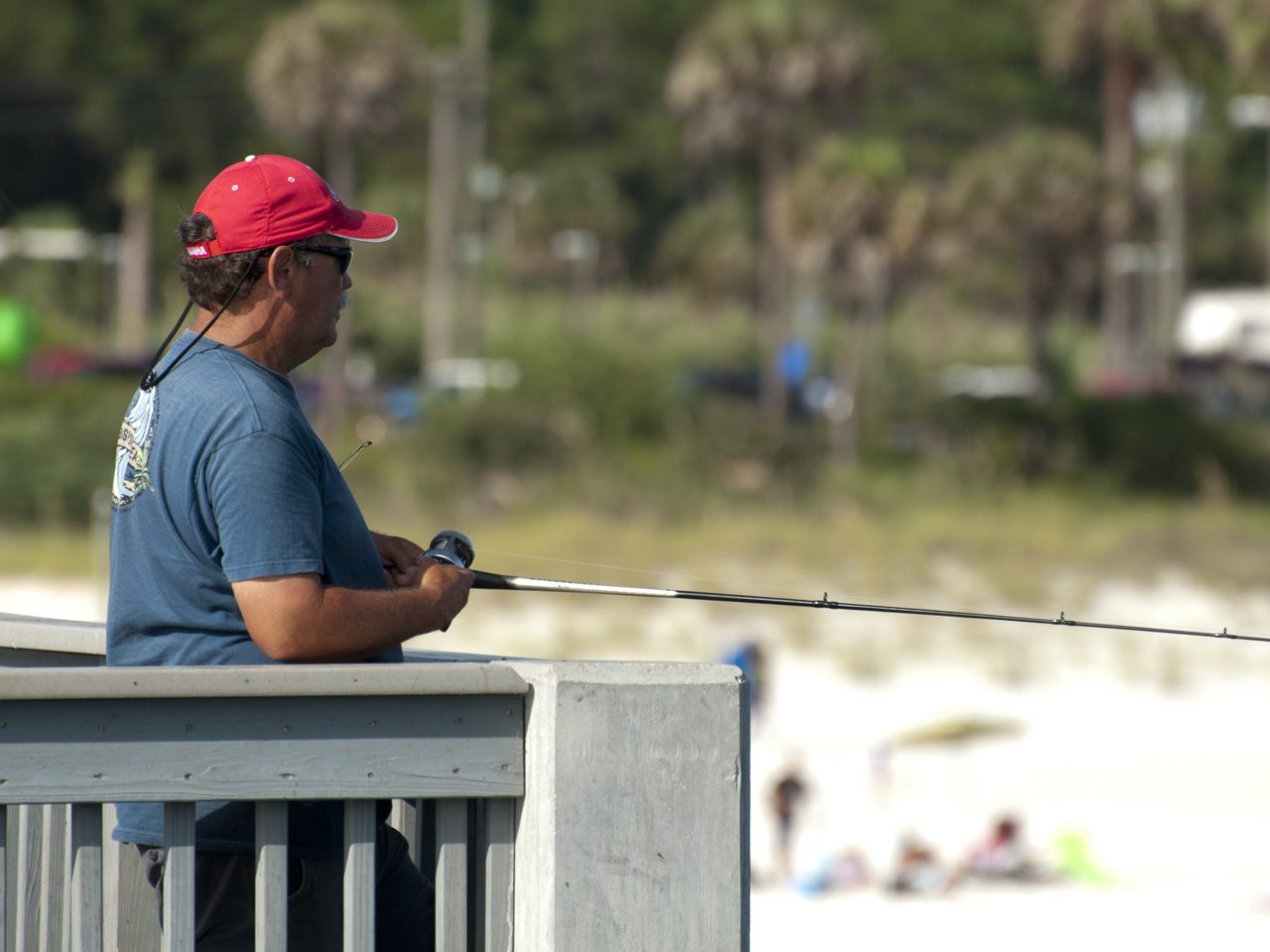- 5,014

- Panama City, FL
So a few weeks ago I was browsing around on eBay (looking for lenses, actually) and came across what looked like a giveaway price on a camera body. I did a search specifically for that model, and lo and behold, they were all over the place.
So I put some on my watch list, and they'd creep up past what I wanted to spend, but I kept looking, kept watching, and last week, I nailed a Nikon F4 for $155!
Has the standard DP-20 finder and MB-21 battery pack. (There is an MB-20 battery pack, 4 AA cells instead of 6, giving a lower maximum frame rate. The MB-21 pack makes it an F4s, and the smaller MB-20 makes it a "plain" F4.) The finder is removable so you can change focusing screens. If I want to use a manual-focus lens, I can mount a screen that has the rangefinder and microprism in the center. Auto-focus, mount a screen that simply has the metering zone circles and the focus sensor mark.
I know, I know... "Holy hell, Walter, what's wrong with you??? FILM??!!!??!?!?!"
But dayum!! Shutter speed as fast as 1/8000th; flash sync at 1/250th; matrix-metered fill flash; auto-focus; matrix, center-weighted, and spot metering; Manual, aperture-priority, shutter-priority, and two programmed modes; up to nearly 6 frames per second; mounts any Nikon lens since 1959, meters any AI or later lens, and will do stopped-down metering on pre-AI lenses (Not that these older lenses are really a concern of mine personally, but you never know what you might find out there); works correctly with my SB-600 flash (including zooming the flash head to match the lens); autofocuses with my AF-S lenses; and puts no drain on the batteries when you put it down.
When Nikon introduced AF cameras, they went a different direction than Canon and Minolta. Instead of changing the lens mount completely to accomodate the new AF lenses, they simply added some stuff to the existing mount. They also put the focus motor in the camera body instead of the lens, so their AF lenses might be a little cheaper than others' equivalents. Old lenses would mount to the new AF cameras, so unlike the Canon and Minolta shooters, you didn't have to buy new glass to try the new camera, unless you wanted autofocus.
But Nikon eventually added motorized lenses, which they call AF-S, and some of their cheaper DSLRs have dropped the in-body focus motor, so those HAVE to have AF-S lenses. D40, D3000, D5000, etc.
Thing is, AF-S lenses didn't exist when this camera was introduced, but it works with them!
The only thing it won't activate on my current lenses is VR, Nikon's optical stabilization.
So an indestructible professional camera that was over $2000 in 1988, for $155 in today's money. Deal!
Downsides:
Uses this weird chemical media to store images, so you can't see your pictures until they've been "processed." This media doesn't seem expensive at first glance, but when a discount store charges 8 or 9 bucks for blank media, then about 10 bucks for processing (some kind of scam there, I'm sure!) then you see it will cost nearly 20 bucks for 24 pictures!!!!
Wait!!! Nearly 85 cents per frame????!?!?!?!?!?! That 6 frames per second is not so enticing any more!
OK, that's a negative. (Haha. Negative!)
(Haha. Negative!)
It's big, and made of metal. It's nearly three pounds without lens!!! I'm-a gonna need a better strap than what's on this thing, for sure. It makes my D5000 look like a compact point-and-shoot!
I carried it around yesterday and shot a couple of rolls of (cheap) print film, just to see how it feels. The pics came back, and for the most part, this thing works great! There were a couple of very underexposed prints, but I don't know how much of that is the processor.... The negatives for those frames aren't lighter than the surrounding frames..... I'm in between scanners right now so I can't post any of these. (My previous computer died, and my new one has no PCI slots for the SCSI card my film scanner is connected to.)
I took some long shots with my 70-300, took some insect/flower shots, took some "wide" shots at 70. I don't have any other full-frame lenses, so the 70-300 is it for this camera for now.
So after carrying it around, some upsides:
It's accurate. All but a couple of the prints are exactly what I was looking at.
The viewfinder is big and bright. Mine has the 'E' focusing screen in it, which has vertical and horizontal grid lines etched in it, good for checking that the horizon is level. Shutter and aperture, frame count, focus, exposure, and flash-ready are all visible, and the electronic displays are illuminated passively by light through a frosted window on top of the pentaprism. A switch can illuminate the displays at night.
There are no menus, no screens to sift through. Not even an information LCD. Every function has a dedicated button, switch, or dial. Film speed is a dial. Shutter speed is a dial. Shooting mode is a dial. AF lock is a button. (The AF lock button also locks exposure, unless you move the switch to lock focus only. There is a separate AE lock button, which is AE only at all times. The buttons are next to each other, right by the grip, and one is concave and the other convex so you can distinuguish them without looking!) DOF preview is a button. AF mode (manual, single, continuous) is a switch. Drive mode (Single, continuous high, continuous low, etc.) is a switch. Metering mode is a switch. Exposure compensation is a dial. Sounds primitive, but boy, does it make this thing fast to use!!!!
The grip is shaped so you can hold the camera vertically with your hand "under" the camera, and there's another shutter button there to use from that position.
The thing places no drain on the batteries if the shutter button is not depressed. The "power" switch turns nothing on, it merely enables the shutter button. The off position is not called Off, it's called Lock. So no forgetting to turn it off and finding a dead camera the next day.
It even works with G-series lenses, which have no aperture ring. I can't shoot aperture-priority or manual with those, of course. Actually, I'm not sure it won't. Maybe it works while limiting me to "wide-open" as the aperture setting. I didn't shoot like that, but while fiddling around, the viewfinder reported the aperture as the lens's maximum, and flashed no red-x "you-can't-do-that" symbol.
So even if I decide not to shoot a lot of film, I'm probably going to hang on to this beast. If I decide I don't really want to keep it - well, eBay is out there, and maybe I can even make a buck unloading it!
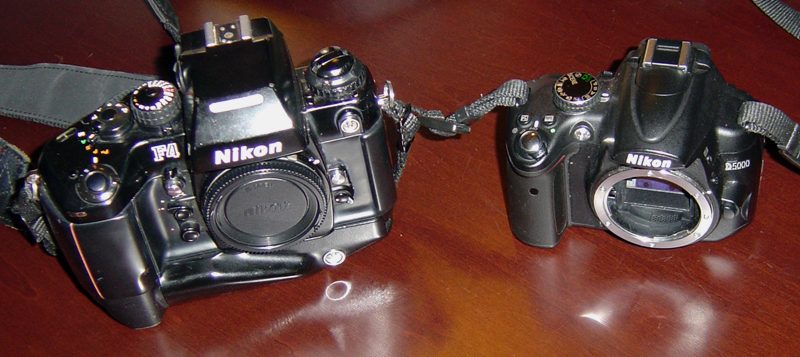
So I put some on my watch list, and they'd creep up past what I wanted to spend, but I kept looking, kept watching, and last week, I nailed a Nikon F4 for $155!
Has the standard DP-20 finder and MB-21 battery pack. (There is an MB-20 battery pack, 4 AA cells instead of 6, giving a lower maximum frame rate. The MB-21 pack makes it an F4s, and the smaller MB-20 makes it a "plain" F4.) The finder is removable so you can change focusing screens. If I want to use a manual-focus lens, I can mount a screen that has the rangefinder and microprism in the center. Auto-focus, mount a screen that simply has the metering zone circles and the focus sensor mark.
I know, I know... "Holy hell, Walter, what's wrong with you??? FILM??!!!??!?!?!"
But dayum!! Shutter speed as fast as 1/8000th; flash sync at 1/250th; matrix-metered fill flash; auto-focus; matrix, center-weighted, and spot metering; Manual, aperture-priority, shutter-priority, and two programmed modes; up to nearly 6 frames per second; mounts any Nikon lens since 1959, meters any AI or later lens, and will do stopped-down metering on pre-AI lenses (Not that these older lenses are really a concern of mine personally, but you never know what you might find out there); works correctly with my SB-600 flash (including zooming the flash head to match the lens); autofocuses with my AF-S lenses; and puts no drain on the batteries when you put it down.
When Nikon introduced AF cameras, they went a different direction than Canon and Minolta. Instead of changing the lens mount completely to accomodate the new AF lenses, they simply added some stuff to the existing mount. They also put the focus motor in the camera body instead of the lens, so their AF lenses might be a little cheaper than others' equivalents. Old lenses would mount to the new AF cameras, so unlike the Canon and Minolta shooters, you didn't have to buy new glass to try the new camera, unless you wanted autofocus.
But Nikon eventually added motorized lenses, which they call AF-S, and some of their cheaper DSLRs have dropped the in-body focus motor, so those HAVE to have AF-S lenses. D40, D3000, D5000, etc.
Thing is, AF-S lenses didn't exist when this camera was introduced, but it works with them!
The only thing it won't activate on my current lenses is VR, Nikon's optical stabilization.
So an indestructible professional camera that was over $2000 in 1988, for $155 in today's money. Deal!

Downsides:
Uses this weird chemical media to store images, so you can't see your pictures until they've been "processed." This media doesn't seem expensive at first glance, but when a discount store charges 8 or 9 bucks for blank media, then about 10 bucks for processing (some kind of scam there, I'm sure!) then you see it will cost nearly 20 bucks for 24 pictures!!!!
Wait!!! Nearly 85 cents per frame????!?!?!?!?!?! That 6 frames per second is not so enticing any more!

OK, that's a negative.
 (Haha. Negative!)
(Haha. Negative!)It's big, and made of metal. It's nearly three pounds without lens!!! I'm-a gonna need a better strap than what's on this thing, for sure. It makes my D5000 look like a compact point-and-shoot!
I carried it around yesterday and shot a couple of rolls of (cheap) print film, just to see how it feels. The pics came back, and for the most part, this thing works great! There were a couple of very underexposed prints, but I don't know how much of that is the processor.... The negatives for those frames aren't lighter than the surrounding frames..... I'm in between scanners right now so I can't post any of these. (My previous computer died, and my new one has no PCI slots for the SCSI card my film scanner is connected to.)
I took some long shots with my 70-300, took some insect/flower shots, took some "wide" shots at 70. I don't have any other full-frame lenses, so the 70-300 is it for this camera for now.
So after carrying it around, some upsides:
It's accurate. All but a couple of the prints are exactly what I was looking at.
The viewfinder is big and bright. Mine has the 'E' focusing screen in it, which has vertical and horizontal grid lines etched in it, good for checking that the horizon is level. Shutter and aperture, frame count, focus, exposure, and flash-ready are all visible, and the electronic displays are illuminated passively by light through a frosted window on top of the pentaprism. A switch can illuminate the displays at night.
There are no menus, no screens to sift through. Not even an information LCD. Every function has a dedicated button, switch, or dial. Film speed is a dial. Shutter speed is a dial. Shooting mode is a dial. AF lock is a button. (The AF lock button also locks exposure, unless you move the switch to lock focus only. There is a separate AE lock button, which is AE only at all times. The buttons are next to each other, right by the grip, and one is concave and the other convex so you can distinuguish them without looking!) DOF preview is a button. AF mode (manual, single, continuous) is a switch. Drive mode (Single, continuous high, continuous low, etc.) is a switch. Metering mode is a switch. Exposure compensation is a dial. Sounds primitive, but boy, does it make this thing fast to use!!!!
The grip is shaped so you can hold the camera vertically with your hand "under" the camera, and there's another shutter button there to use from that position.
The thing places no drain on the batteries if the shutter button is not depressed. The "power" switch turns nothing on, it merely enables the shutter button. The off position is not called Off, it's called Lock. So no forgetting to turn it off and finding a dead camera the next day.
It even works with G-series lenses, which have no aperture ring. I can't shoot aperture-priority or manual with those, of course. Actually, I'm not sure it won't. Maybe it works while limiting me to "wide-open" as the aperture setting. I didn't shoot like that, but while fiddling around, the viewfinder reported the aperture as the lens's maximum, and flashed no red-x "you-can't-do-that" symbol.
So even if I decide not to shoot a lot of film, I'm probably going to hang on to this beast. If I decide I don't really want to keep it - well, eBay is out there, and maybe I can even make a buck unloading it!

Last edited:

 You never know...
You never know...
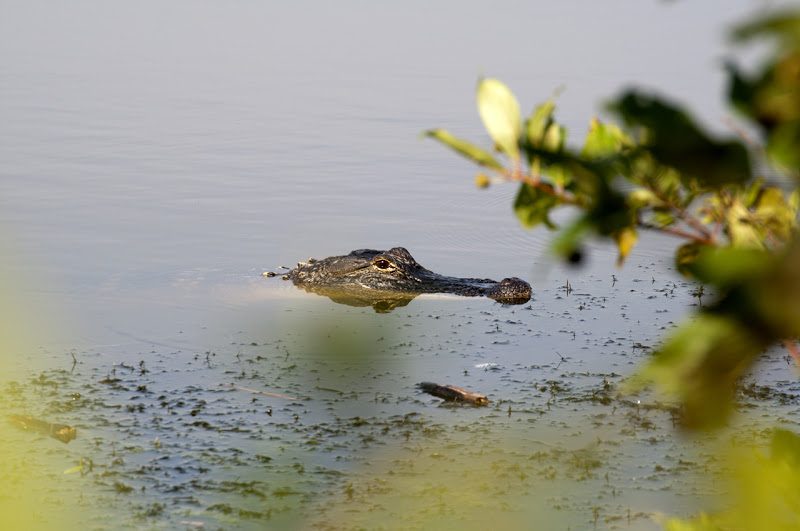
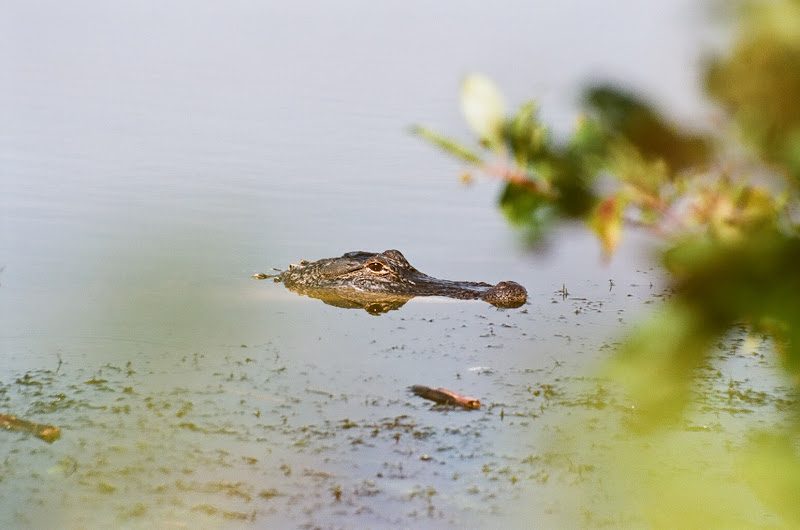



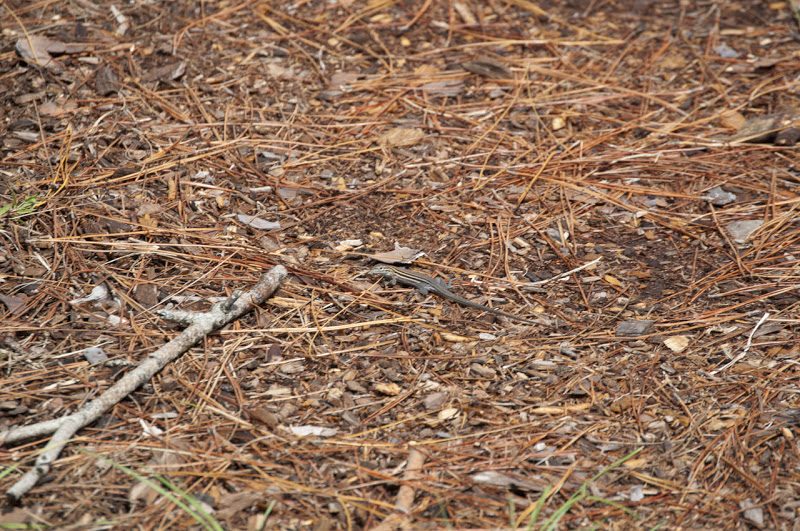


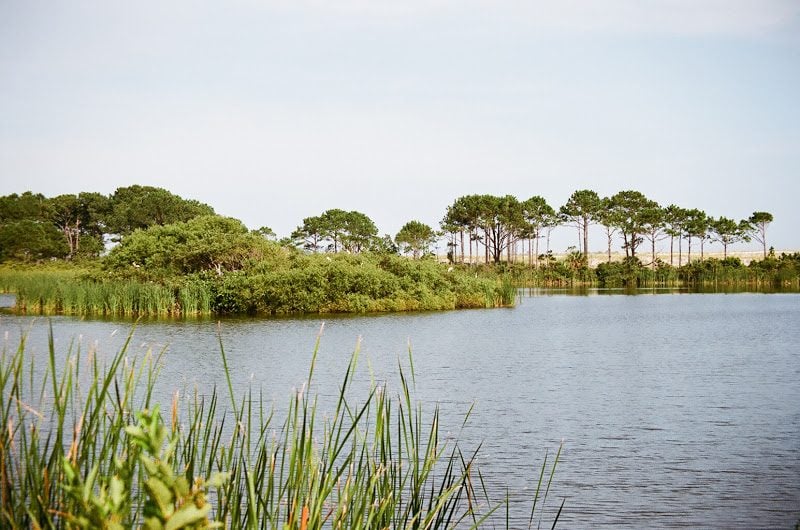

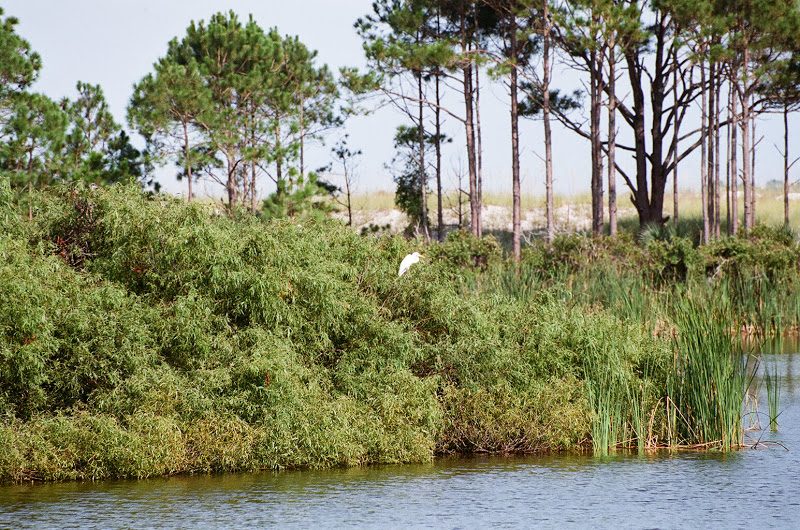
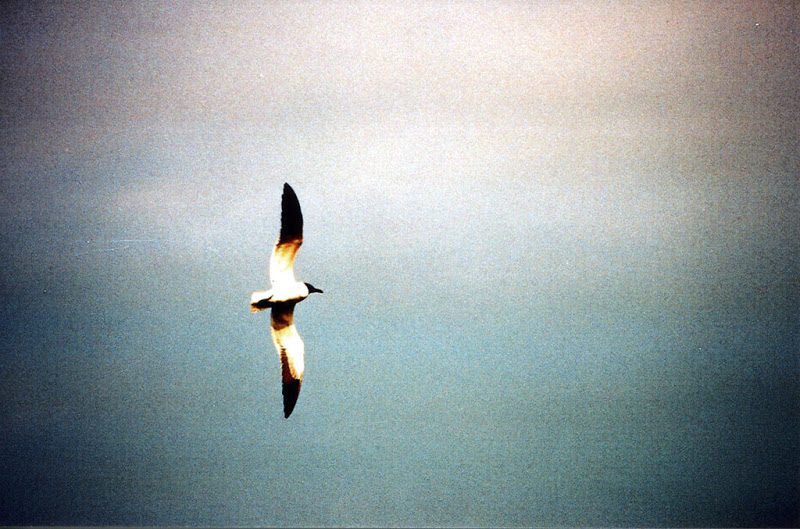
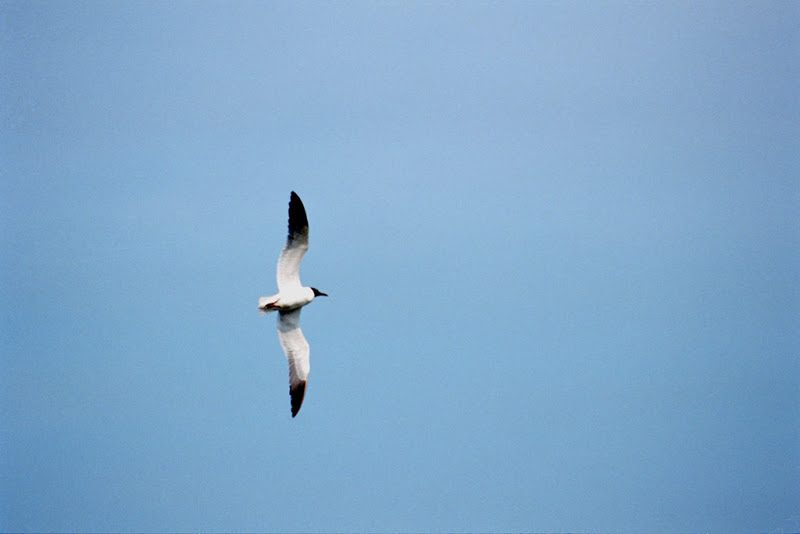
 I looked at F4s when I wanted to buy a Nikon film body, I ended up with an F3HP since I found the motor drive a bit too noisy. Still lusting after an F5 though!
I looked at F4s when I wanted to buy a Nikon film body, I ended up with an F3HP since I found the motor drive a bit too noisy. Still lusting after an F5 though!



